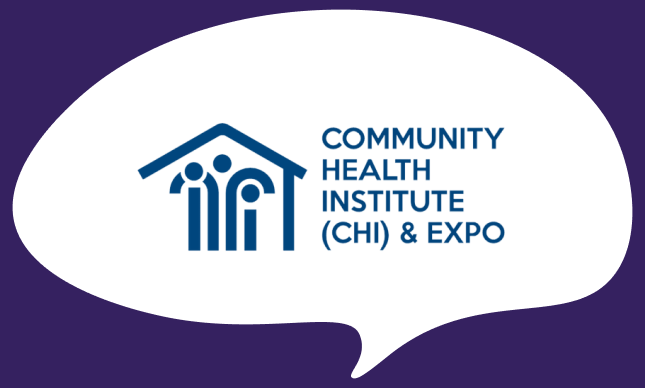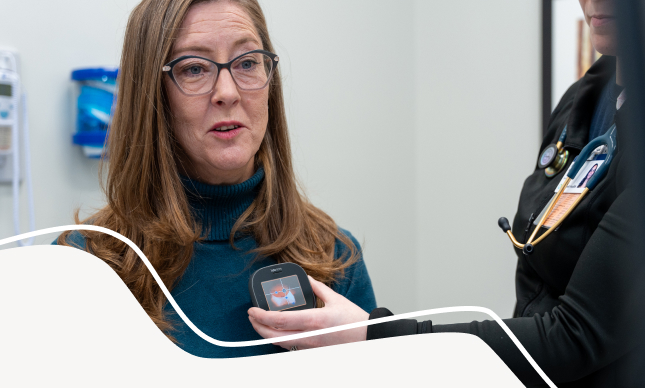HLTH 2021: The Time to Strengthen the Foundations for Hybrid Care Success Is Now
Healthcare systems across the U.S. relied on telehealth to support the continuum of care for patients during the COVID-19 pandemic, especially before the availability of vaccines.
Some 20 months later, providers are looking for ways to take the lessons they’ve learned and apply them to enhance a hybrid model of care beyond the pandemic.
At the HLTH 2021 conference in Boston, being held both live and online from Oct. 17 through Oct. 20, sessions for the partner program with the American Telemedicine Association explored the issues providers and patients face when approaching care delivery with a virtual-integrated mindset.
“Change is something not to be feared but embraced, and it’s a necessity,” said Lou Silverman, CEO of telehealth services provider Hicuity Health, during a panel session.
Experts discussed how hybrid care is making healthcare systems smarter, how telehealth can reduce clinician burnout, and how telehealth adoption can become a primary part of care. Here are three takeaways from those sessions:
1. Telehealth Is Moving from ‘If’ to ‘When and How’
“Broadly, I think we’re seeing significant transition from people thinking about if telemedicine is for them to when and how, and I think that’s a win for everybody,” said Silverman during a panel session called “Healthcare’s Future: Evolving to a Hybrid Model of Care.”
Though he acknowledged that integrating change into an existing care ecosystem is complicated, he added that “relentless incrementalism” and meeting hospitals where they are will help form sustainable partnerships for better virtual care implementation.
Dr. Zenobia Brown, vice president and medical director of population health at New York-based Northwell Health, highlighted the importance of connecting telehealth to better health outcomes. It’s not enough, she said, that a virtual visit happened — there needs to be data capturing whether telehealth use has led to lower readmissions or lower emergency department visits.
But virtual care deployment is not simply arming clinicians with mobile devices; ensuring that a healthcare organization’s infrastructure can handle more than the electronic medical records systems is imperative.
“We all thought that our networks were really robust because they have their EMRs and they’re running tons of technology across all these networks,” said Wendy Deibert, senior vice president of clinical solutions at virtual care platform provider Caregility. “And what we really found out is that their networks aren’t ready — they aren’t ready for all this video to be going through the system.”
Hospitals also need to consider user interface, Deibert added. For instance, can a patient portal implement single sign-on rather than cumbersome passwords? Is interoperability baked in?
Brown also emphasized the importance of multilingual platforms at the start of adoption. If virtual care is expected to be an effective bridge for care gaps in underserved communities, solutions that have multilingual functionality need to be a priority.
“How do we leverage the new technology with new processes, with better ways to engage with patients that exceed the current standards?” she asked.
2. Virtual Care Can Help Mitigate Burnout
Administrative work is taking precious physician time away from patients. Research has found that for every hour of face-to-face time with a patient, doctors spend two hours on administration.
“A physician doing admin work, or the charting-side of things, is paramount to a judge acting as a court reporter or a pilot serving in-flight drinks,” said Bret Larsen, CEO and co-founder of virtual care platform eVisit. “It just doesn’t make sense.”
Speaking at a session called “Telehealth and HealthTech: Bridging the Gap and Mitigating Risk,” Larsen envisioned a future for virtual care that can ease physician burnout and strengthen connections between patients and their care teams.
“The best user interface — for anyone but especially for a physician — is no interface at all,” he said. “How do we pull people out of software and get them to interact?”
Larsen pointed to examples of digital transformation in consumer banking, how it evolved from brick-and-mortar locations to ATMs and then mobile apps, suggesting that could be a guide for the healthcare industry. How could healthcare systems apply those lessons in their own field? Could providing a consumer experience to patients help clinician workflow?
The answer: Digital solutions could help usher the shift from episodic to holistic care, easing care burdens on both patients and providers.
3. Primary Care Goes Virtual
Dedi Gilad, CEO and founder of virtual care provider TytoCare, shared the main ingredients for moving toward virtual primary care, an approach that emphasizes a “continuum of care in a very holistic way.”
The adoption of new technologies requires behavioral change, Gilad said during the session called “Evolution of Telehealth: New Modalities for Primary Care.” Providers are tired of multiple platforms and data silos, he asserted.
And virtual care can’t be limited to one-off visits and urgent care — it must be fully integrated, with EMR solutions and reliable data, experts said.
“As I began to really become more of a fan of telehealth, I began to think, ‘This is a technology that we can do so much more with,’” said Dr. David Shulkin, former secretary of the U.S. Department of Veterans Affairs and strategic adviser to Sanford Health. “This isn’t just video. This isn’t just a patient and a provider having a chance to interact. This is something that is going to change the way that we all deliver healthcare.”
Click here to read the full article.


